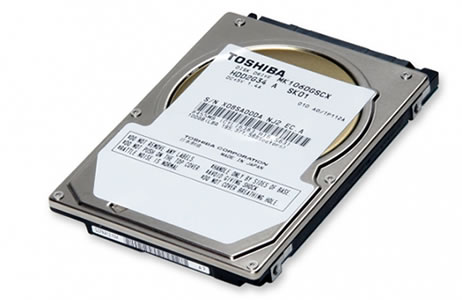Toshiba has introduced a new hard disk drive to its lineup designed specifically for use in rugged operating environments. The MK1060GSCX can reportedly be used 24/7 in non-conventional environments and can withstand extreme temperatures ranging from a high of +70 degrees Celsius to a low of -15 degrees Celsius. It also comes with better shock resistance than your typical HDD and can operate in high altitudes, but what you gain in durability you’ll sacrifice in speed and storage space – the 100GB drive spins at 4,200rpm, has a 12ms seek time and 1.5Gbit/s interface speed.
Of course, Toshiba is targeting very specialized non-PC systems with the MK1060GSCX, such as kiosks, digital signs, security devices and ATMs, where dependability is critical for storage systems, or for use in manufacturing and processing plants, where devices operate continuously without the benefit of climate control.

Toshiba also plans on introducing a smaller capacity 80GB drive with a PATA interface and 16ms seek time. No word on pricing, but the company expects to begin mass production of its rugged drives next month.
https://www.techspot.com/news/41163-toshiba-intros-hdd-for-rugged-operating-environments.html